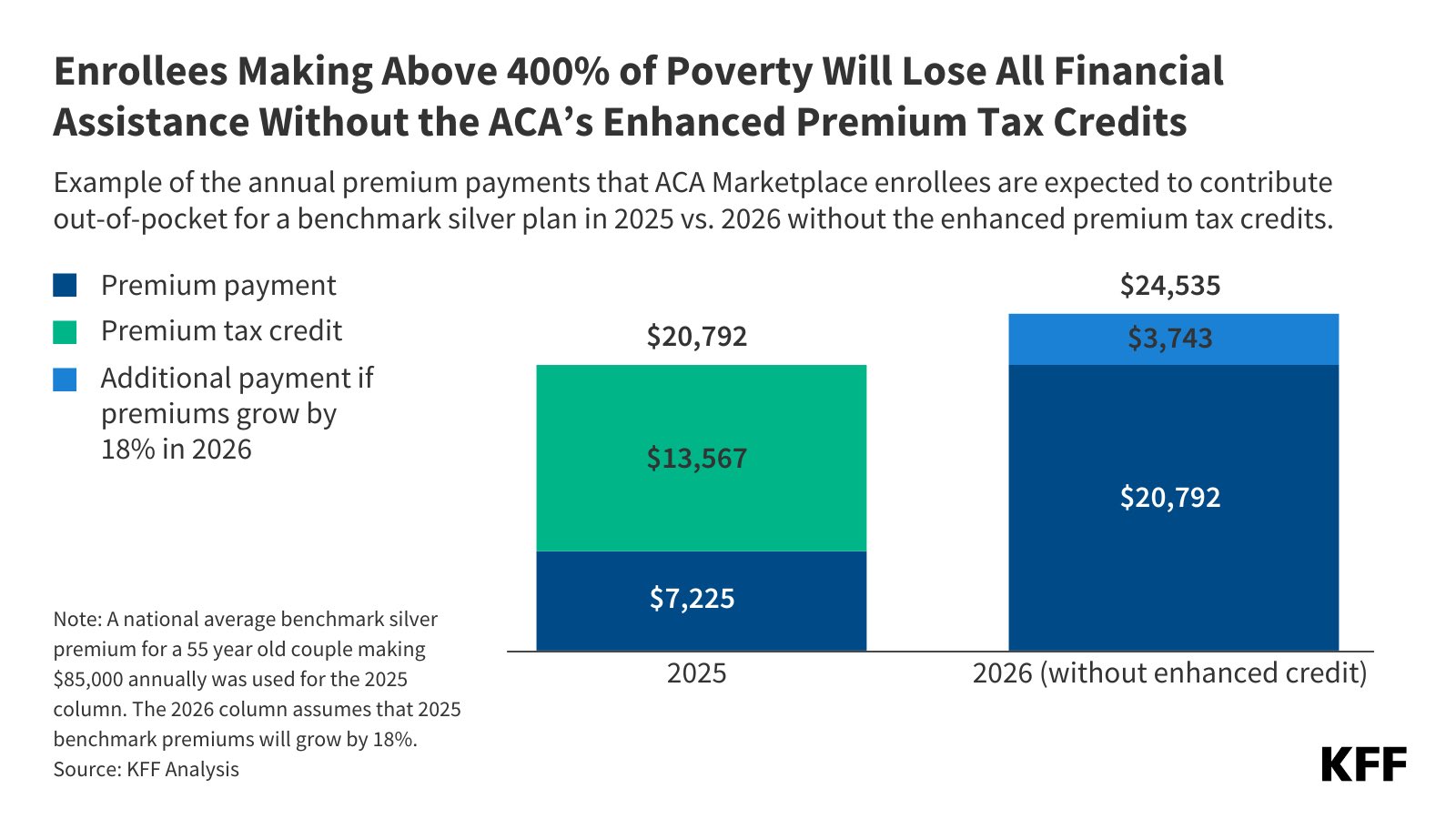|
|
SSA Workers and Beneficiaries Feel the Strain Amid Administration Changes |
|
Social Security Administration (SSA) workers and beneficiaries are struggling amid turmoil caused by changes from the Administration, according to preliminary findings in a report obtained this week by Axios.
The agency, which was already chronically understaffed and underfunded, has experienced a rapid decline in staffing levels and customer service quality since Department of Government Efficiency (DOGE) operatives slashed its workforce by 12 percent earlier this year.
Beneficiaries report that it’s more difficult than ever to access services. The agency’s switch to a different phone service and shuffling around of staff to answer the national 800 customer service number has decimated field office workforces, making it challenging to contact them.
In person appointments are harder to schedule and very brief, reducing the likelihood that visitors actually get their issues resolved. The SSA has prioritized digital infrastructure over supporting workers leaving many beneficiaries to rely on chatbots rather than trained personnel for help.
“This new report confirms what we already knew: that the Administration’s attacks on the Social Security Administration and its workforce is directly hurting beneficiaries and workers,” said Robert Roach, Jr., President of the Alliance. “Congress must restore full staffing levels immediately so we can contain the damage and stop further deterioration of the agency’s customer service.” |
|
Millions Will Pay Higher Premiums Next Year if ACA Subsidies Are Not Renewed |
|
Twenty-two million Americans who purchase health insurance through the Affordable Care Act are being notified that their premiums will increase by as much as 75 percent in 2026. Four million of these enrollees are older adults between the ages of 45 and 64 years of age. |
|
|
The increases are due to enhanced premium ACA tax credits, which are set to expire at the end of this year. The tax credits were first enacted in 2021 under President Joe Biden to lower out-of-pocket health care costs and reduce the number of uninsured Americans. |
|
According to the Kaiser Family Foundation, the impact will be felt especially hard in states that did not expand Medicaid. Fifty-percent of Americans who purchase their own health insurance are small business owners or work for them while a quarter of all farmers get their coverage from the Marketplaces.
Last week, Democrats included ACA subsidy extension in their government funding plan and stressed that any proposed agreement should include provisions to reverse impending health care cuts. Republicans in both the Senate and the House ultimately rejected the plan.
“Earlier this year Republicans extended billions of dollars worth of tax credits to help the wealthiest Americans and big corporations. It’s only fair that tax credits that keep health care affordable for millions of working American families be extended as well,” said Richard Fiesta, Executive Director of the Alliance. “A government shut down is never good, but some things are worth fighting for.” |
|
Medicare Open Enrollment Starts October 15: What to Know as Costs Are Expected to Skyrocket |
|
Every year, Medicare provides an open enrollment period that goes from October 15 to December 7. During this time, current beneficiaries can assess aspects of their current Medicare plans, evaluate features of other plans offered in their area, and choose different coverage based on their needs.
Patients are allowed to make updates like opting to switch from traditional Medicare to a Medicare Advantage plan (or vice versa), deciding to transition from one Medicare Advantage plan to another, or switching between Medicare Part D prescription drug plans. Any coverage updates adopted by beneficiaries go into effect on January 1 of the following year.
“Open enrollment can be an overwhelming time for retirees. But prices are going up and health care costs – including for Medicare – are expected to surge,” said Joseph Peters, Jr. Secretary-Treasurer of the Alliance. “It’s more important than ever for seniors to take the time to review their Medicare plans, compare costs and coverage, and make sure that they have a plan that fits their needs.”
Beneficiaries who need help to navigate the process can contact the State Health Insurance Assistance Program (SHIP) for guidance. Find your local SHIP office here. |
|
KFF Health News: AI Will Soon Have a Say in Approving or Denying Medicare Treatments |
|
Taking a page from the private insurance industry’s playbook, the Trump administration will launch a program next year to find out how much money an artificial intelligence algorithm could save the federal government by denying care to Medicare patients.
The pilot program, designed to weed out wasteful, “low-value” services, amounts to a federal expansion of an unpopular process called prior authorization, which requires patients or someone on their medical team to seek insurance approval before proceeding with certain procedures, tests, and prescriptions. It will affect Medicare patients, and the doctors and hospitals who care for them, in Arizona, Ohio, Oklahoma, New Jersey, Texas, and Washington, starting Jan. 1 and running through 2031.
The move has raised eyebrows among politicians and policy experts. The traditional version of Medicare, which covers adults 65 and older and some people with disabilities, has mostly eschewed prior authorization. Still, it is widely used by private insurers, especially in the Medicare Advantage market.
|
|
Thanks for reading. Every day, we're fighting to lower prescription drug prices and protect retirees' earned benefits and health care. But we can't do it without your help. Please support our work by donating below. |
|
|
|
|
Alliance for Retired Americans | 815 16th Street, NW | Washington, DC 20006 | www.retiredamericans.org


